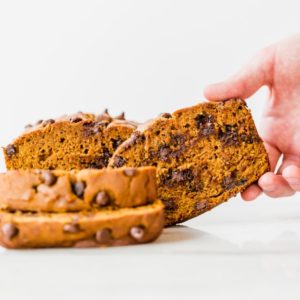Healthy Life with Hyperthyroidism


Still, an overactive thyroid can be challenging to treat. Unlike hypothyroidism, (underactive thyroid) which involves taking thyroid hormone replacements, hyperthyroidism requires stopping the thyroid from making too many hormones. Treatments can include radioactive iodine, anti-thyroid drugs, and sometimes surgery.
Despite any hype you might read on the internet, there is no “natural cure” for hyperthyroidism. Still, you can embark on diet and lifestyle changes that can support thyroid treatments — some of these can even help you manage your symptoms and feel better.
(everydayhealth.com)
Immunity Support for the Long Game


Sleep—specifically getting at least seven hours most nights—might be the Most Important Thing. People who get six hours of shut-eye a night or less for one week were about four times more likely to catch a cold when exposed to a virus compared to those who got more than seven hours, according to a study published in the journal Sleep.
Exercise Smarter– Folks who exercise regularly develop more T cells (those destroyer white blood cells) than their sedentary peers, a recent study found. It also helps modulate the stress hormone cortisol, which, when raised, leads to inflammatory activity.
Stress Less– It’s well established that stress prompts the release of cortisol, that fight-or-flight hormone that enables you to run for your life. When cortisol is high, your immune system isn’t as active, your body sends all of its resources to the thing it thinks is most likely to kill you, and away from other stuff, like your protective network. Lean into the things that help you during your most stressful moments. Whether it is meditating, breathing exercises, practicing gratitude or a mantra, find what helps you the most and do it!
Chocolate Chip Pumpkin Bread


1 and 3/4 cups (220g) all-purpose flour
1 teaspoon baking soda
2 teaspoons ground cinnamon
1/4 teaspoon ground nutmeg*
1/4 teaspoon ground cloves*
1/4 teaspoon ground ginger*
3/4 teaspoon salt
2 large eggs, at room temperature
3/4 cup (150g) granulated sugar
1/2 cup (100g) packed light or dark brown sugar
1 and 1/2 cups (340g) pumpkin puree (canned or fresh)
1/2 cup (120ml) vegetable oil, canola oil, or melted coconut oil
1/4 cup (60ml) orange juice*
2/3 cup (120g) semi-sweet chocolate chips*
Directions
Adjust the oven rack to the lower third position and preheat the oven to 350°F (177°C) degrees. Lowering the oven rack prevents the top of your bread from browning too much too soon. Spray a 9×5 inch loaf pan with non-stick spray. Set aside.
In a large bowl, whisk the flour, baking soda, cinnamon, nutmeg, cloves, ginger, and salt together until combined. In a medium bowl, whisk the eggs, granulated sugar, and brown sugar together until combined. Whisk in the pumpkin, oil, and orange juice. Pour these wet ingredients into the dry ingredients and gently mix together using a rubber spatula or a wooden spoon. There will be a few lumps. Do not overmix. Gently fold in the chocolate chips.
Pour the batter into the prepared loaf pan. Bake for 60-65 minutes, making sure to loosely cover the bread with aluminum foil halfway through to prevent the top from getting too brown. The bread is done when a toothpick inserted in the center comes out clean with only a few small moist crumbs. This may be before or after 60-65 minutes depending on your oven, so begin checking every 5 minutes at the 55 minute mark or so.
Allow the bread to cool completely in the pan on a wire rack before removing and slicing. Cover and store leftover bread at room temperature for up to 3-4 days or in the refrigerator for up to about 10 days.






